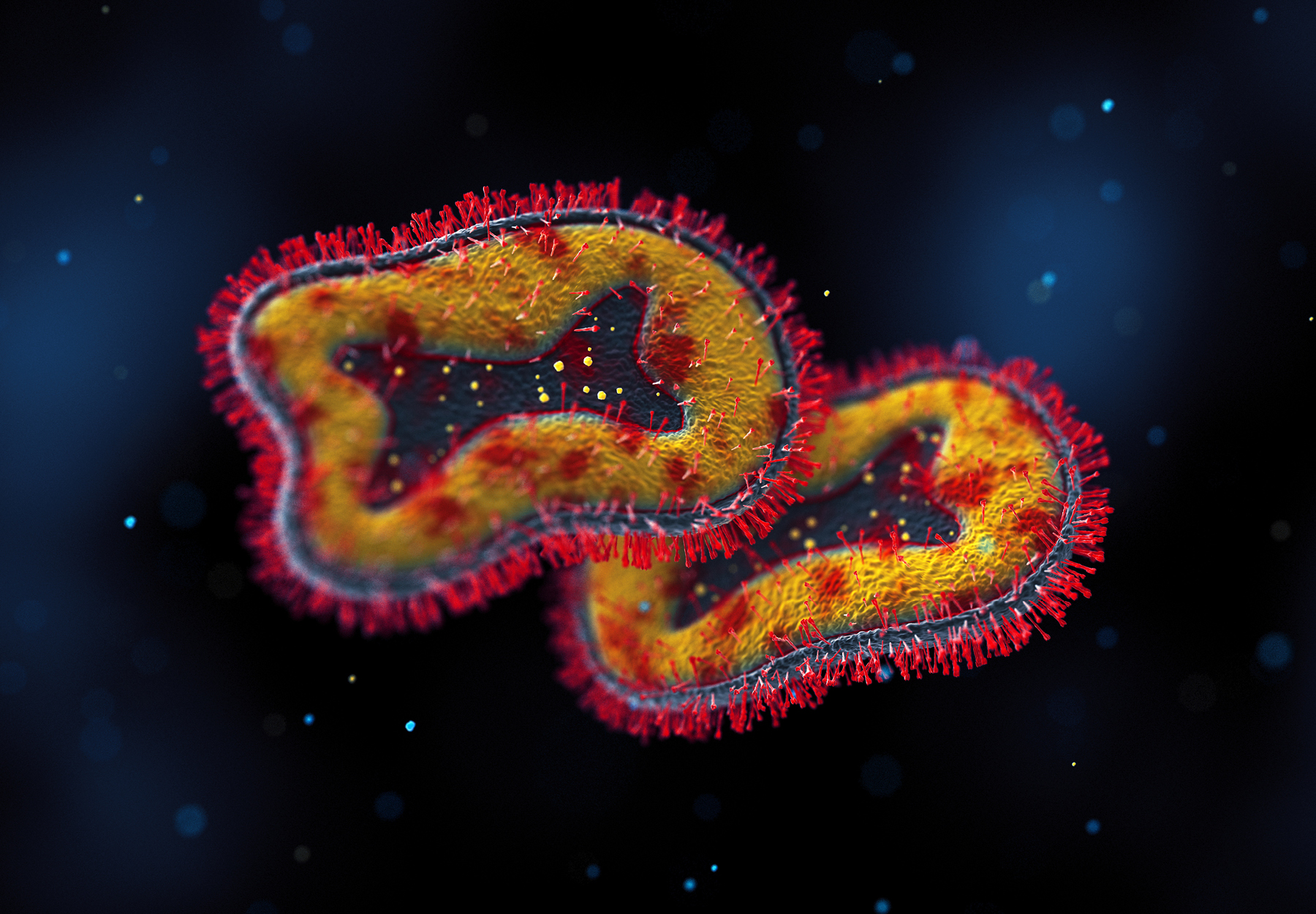Much as it did with COVID-19, Abbott has gotten the jump on the monkeypox testing market, this time by becoming the first company to get FDA clearance for a PCR test that detects the virus. On Oct.7, the FDA announced that it has granted Emergency Use Authorization (EUA) for Abbott’s Alinity m MPXV assay for detecting DNA from the monkeypox virus. Such DNA can generally be detected in lesion swab samples of acute pustular or vesicular rash in viral transport media during the acute phase of infection. “Based on the totality of scientific evidence,” it is reasonable to believe that the Alinity m MPXV assay “may be effective in diagnosing infection with monkeypox virus,” according to the agency, and that there is “no adequate, approved and available alternative to the emergency use” of the assay.
In clearing the test, the FDA relied on the clinical evaluation study Abbott performed to validate the Alinity m MPXV test and assess its capability to accurately identify the monkeypox virus at two and four times the limit of detection. The Alinity m MPXV assay was successful in detecting the virus in all 36 samples used in the study; it also correctly determined the absence of the virus from 35 negative samples.
This is not the first EUA for a monkeypox PCR test. On Sept. 7, the FDA granted Quest Diagnostics EUA for its Monkeypox Virus Qualitative Real-Time PCR test. The difference is that unlike the Quest test, the Abbott kit is authorized for commercial use.
Even so, the scope of the EUA is narrow. It allows for use of the Alinity m MPXV test only by CLIA-certified moderate and high complexity test laboratories. In addition, under the authorization, the test must be run on Abbott’s Alinity m System, or other authorized instruments that automatically execute sample preparation, PCR assembly, amplification, detection, and results calculation and reporting.
For a more in-depth report, see the upcoming November 2022 issue of Diagnostic Testing & Emerging Technologies.
